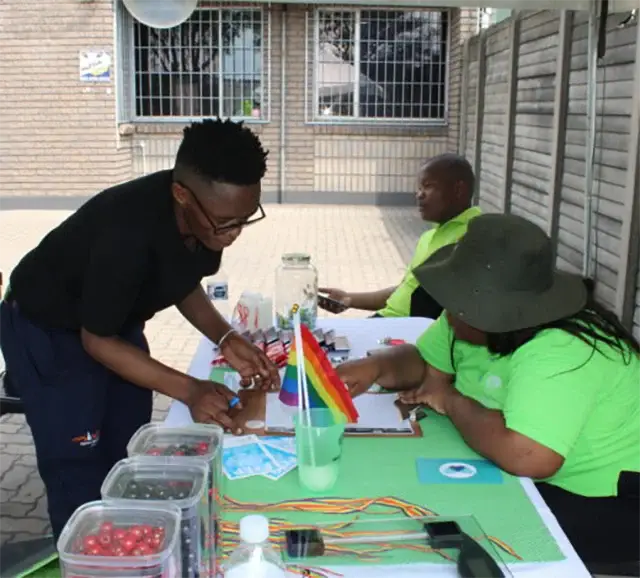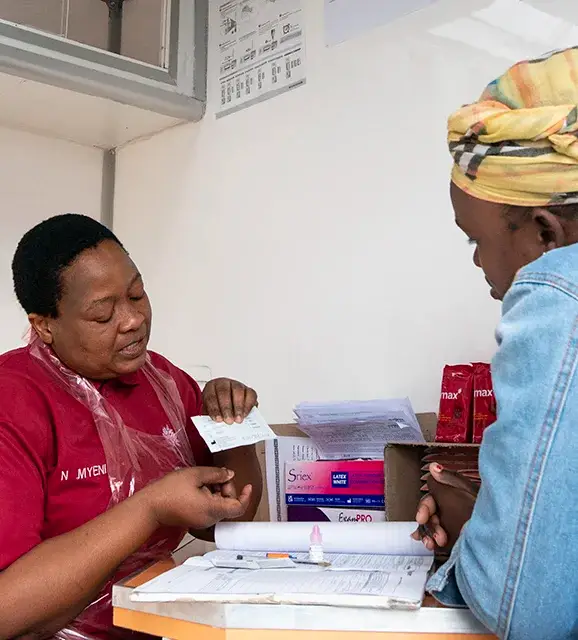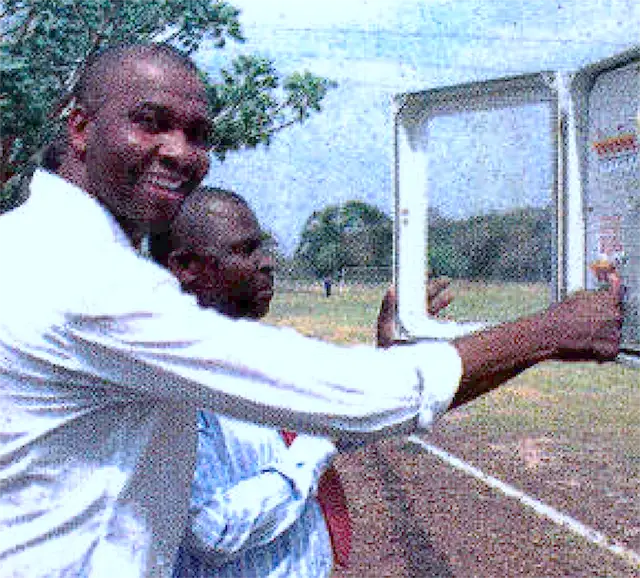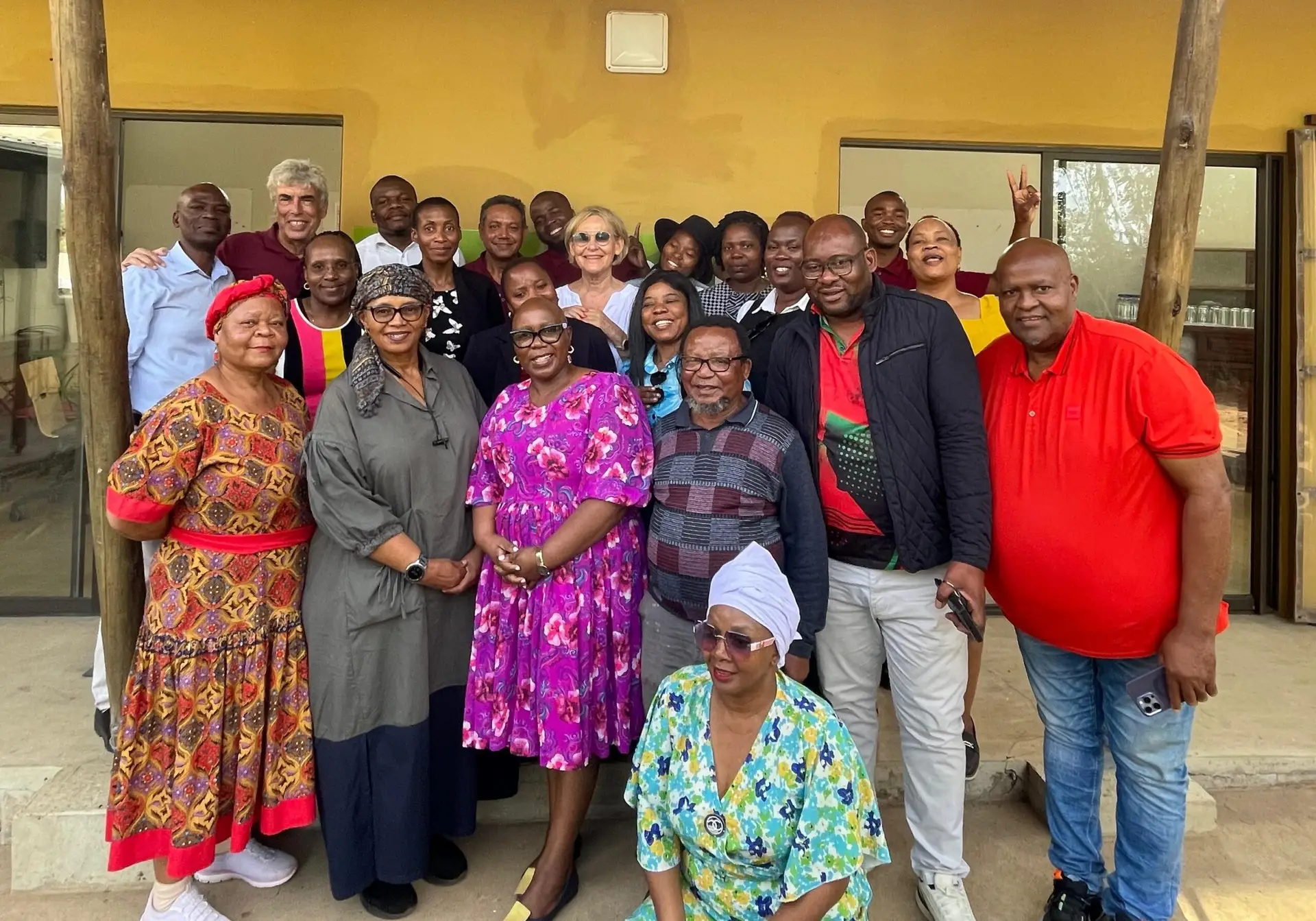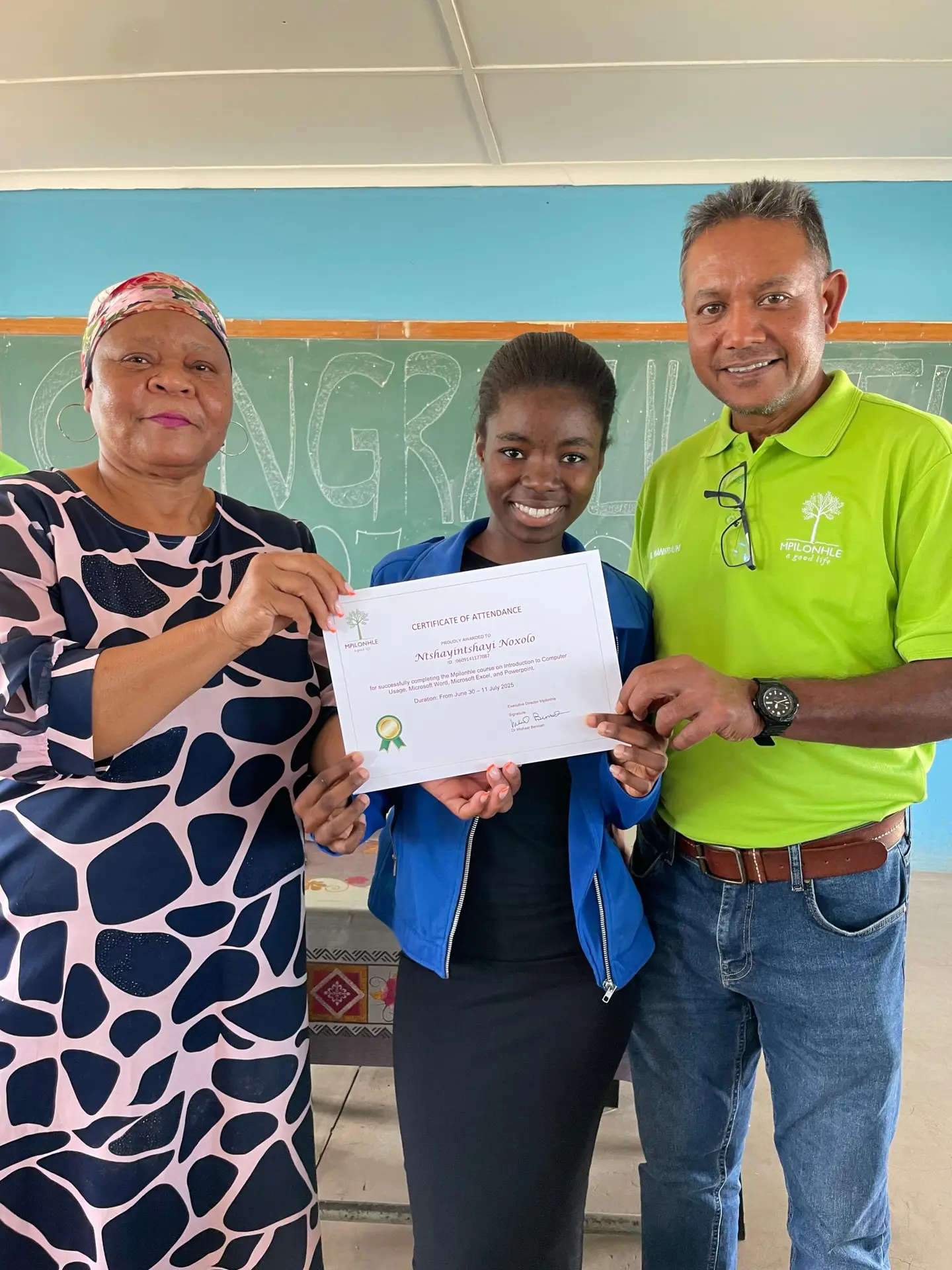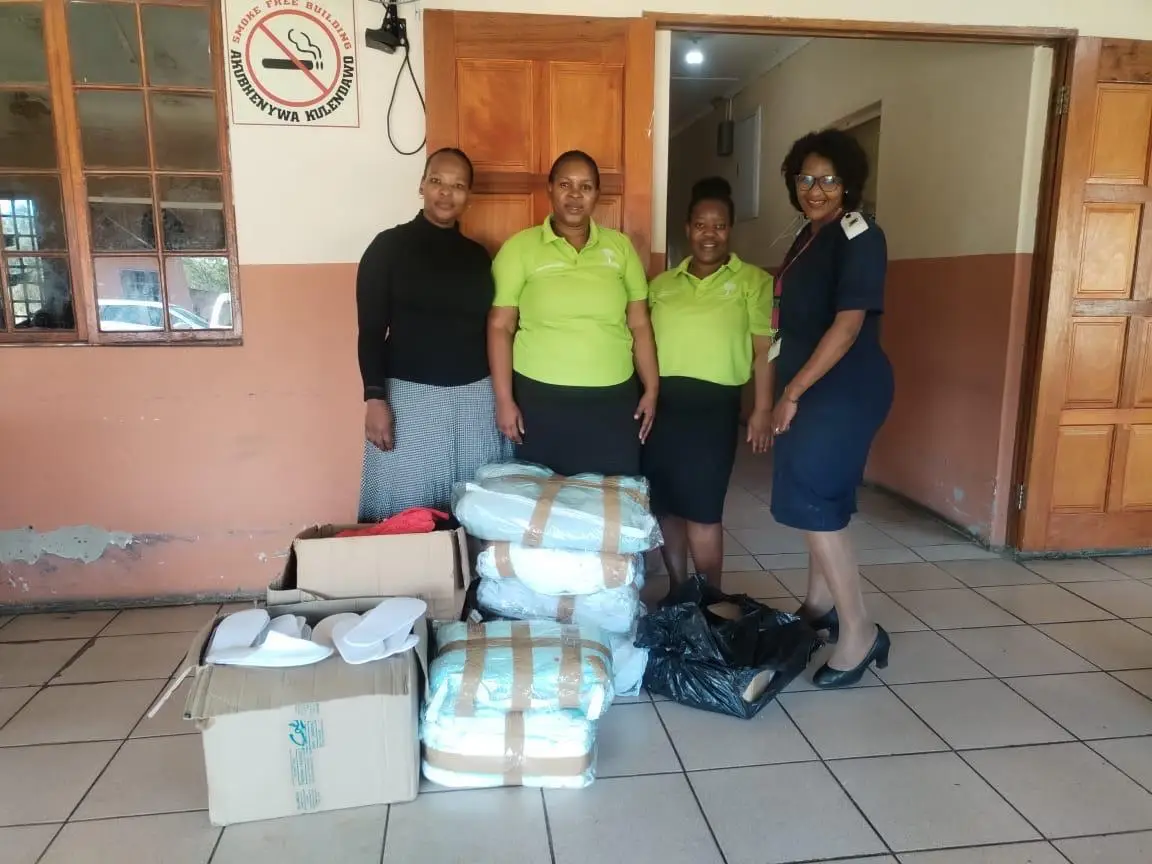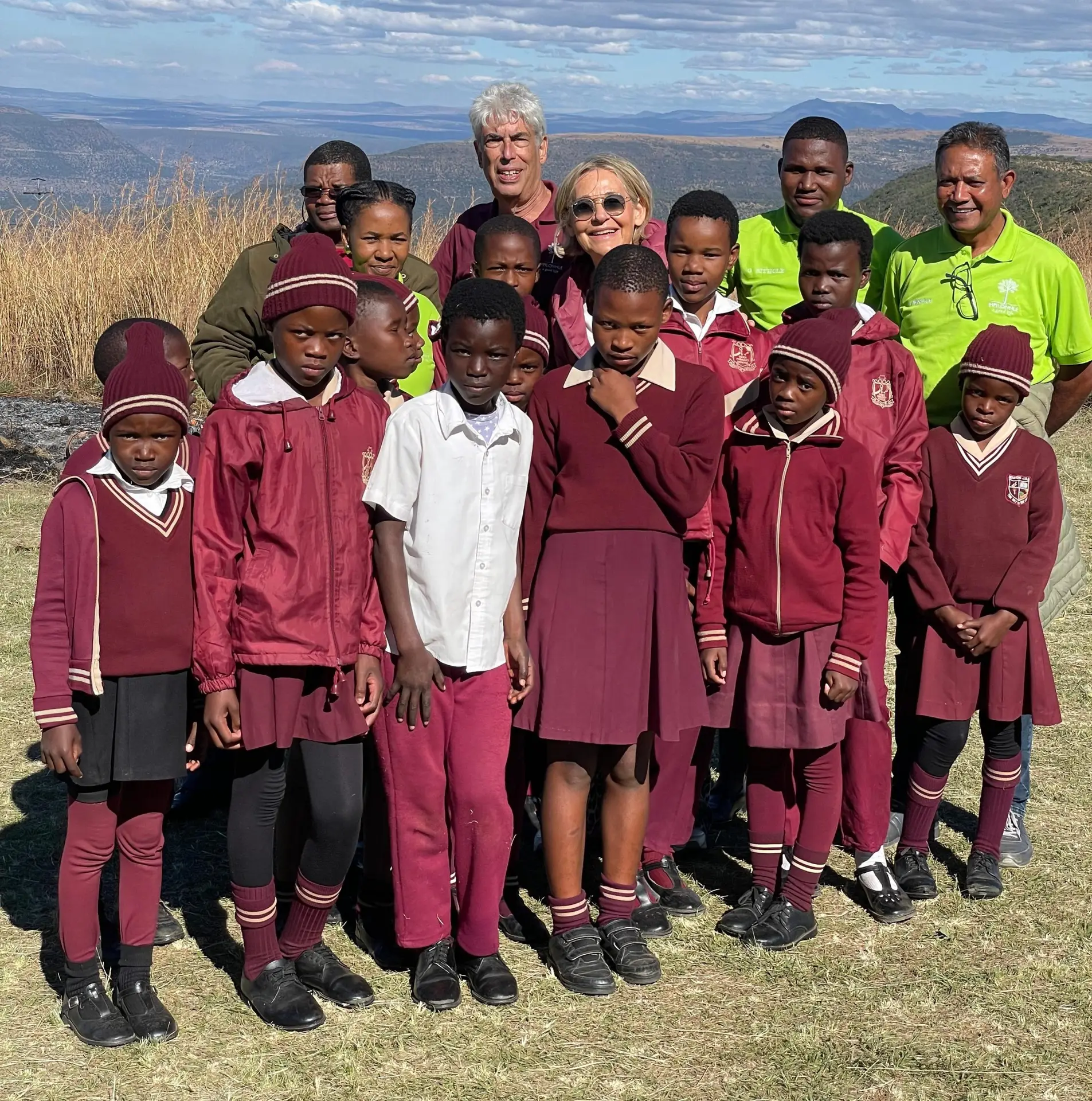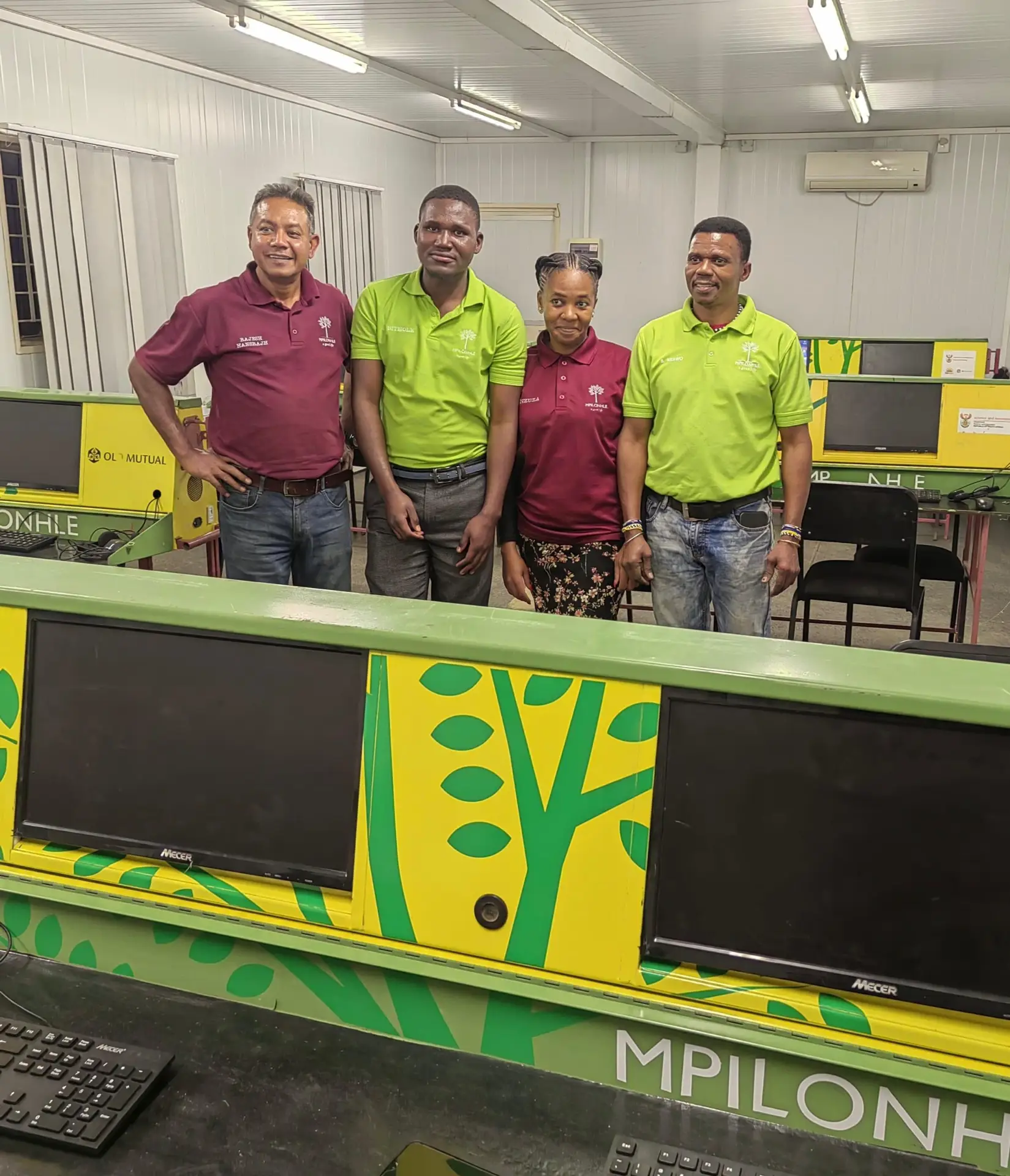MEDIA
Media Publications
Sharing our story with the world
Mpilonhle’s HIV testing program in South African schools aims to raise awareness and support youth, particularly in regions with high infection rates. The initiative faces concerns regarding students' emotional readiness
OneSight, an American-based charity, provided free eye tests and glasses to around 5,000 Zululand residents, while Mpilonhle raised awareness about tuberculosis during the two-week clinic. The event, held in Jozini,
The following RFI radio session discusses the role Mpilonhle plays in offering testing resources and education in relation to the HIV and Aids Epidemic.
L’Unicef, en partenariat avec la Banque mondiale dévoile aujourd’hui à Johannesburg son rapport mondial sur les jeunes adolescents et le sida. L’Afrique du Sud est l’un des pays les plus
The Mpilonhle Mobile Health and Education Project provides health education, HIV prevention, and computer training to rural communities in KwaZulu-Natal, South Africa. Using mobile units, the program offers health screenings,
Mpilonhle’s HIV testing program in South African schools aims to raise awareness and support youth, particularly in regions with high infection rates. The initiative faces concerns regarding students' emotional readiness
En 2010, Nombuso Dlamini, une adolescente sud-africaine, a ressenti un grand soulagement après avoir été dépistée du VIH, ayant eu des relations sexuelles non protégées. Depuis, l'ONG Mpilonhle mène des
South Africa is planning to introduce HIV testing in schools, but challenges around consent, confidentiality, and emotional readiness remain. Some support the initiative for early diagnosis and reducing stigma, while
Football legend Lucas Radebe visited Zululand to motivate students at Silethukukhanya Secondary School, encouraging them to work hard and stay dedicated to their studies. He shared his journey from aspiring
The Mpilonhle NGO in Mtubatuba has helped reduce teenage pregnancies by educating high school students about safe sex and abstinence. In five years, only 15 pregnancies occurred out of 10,000
